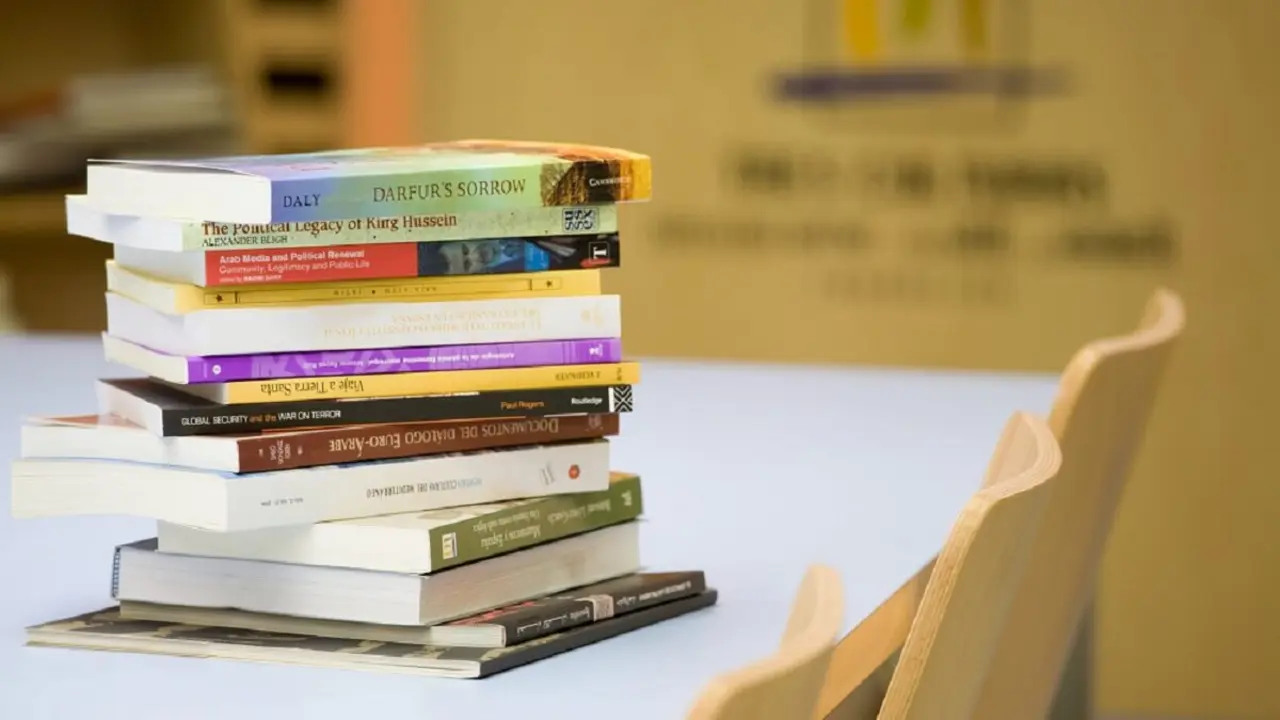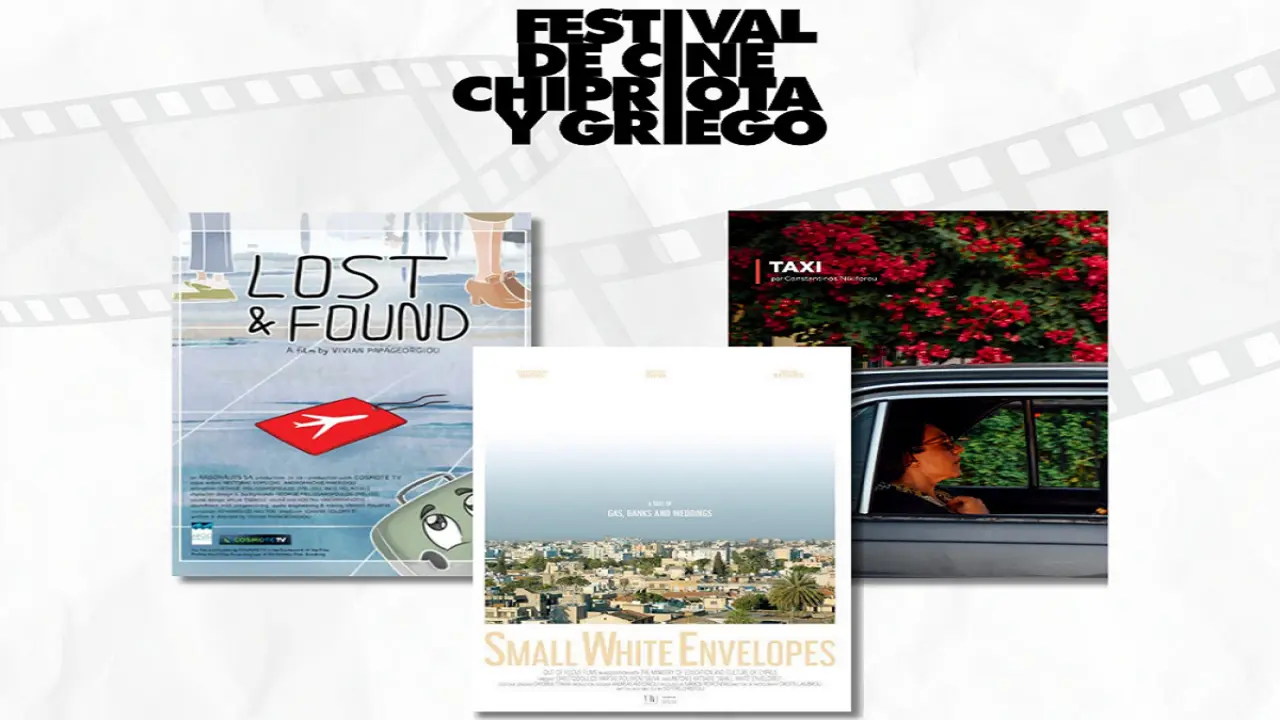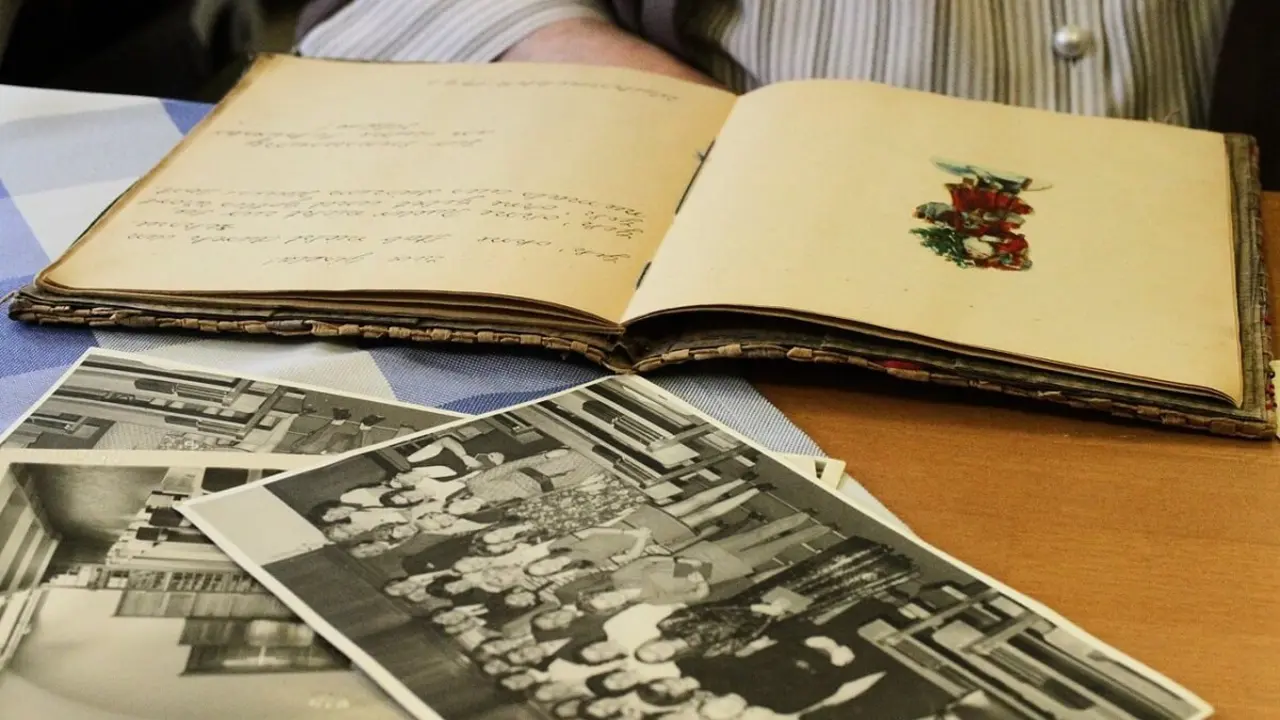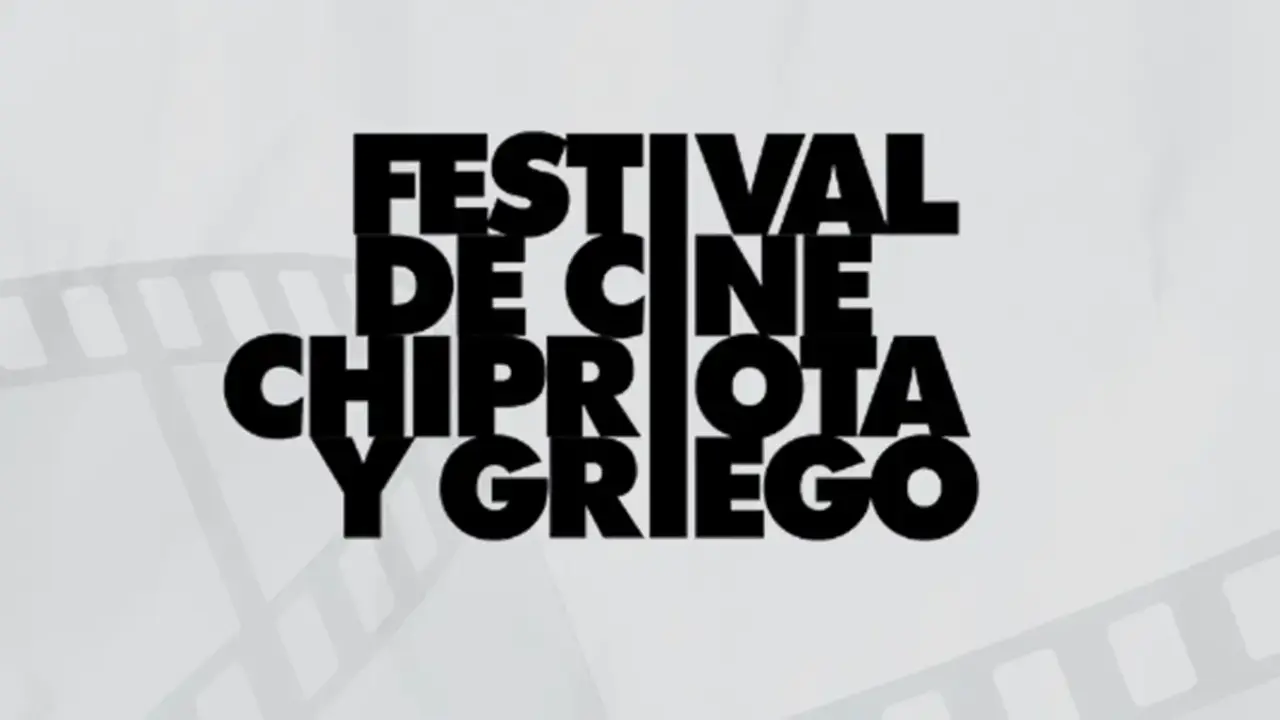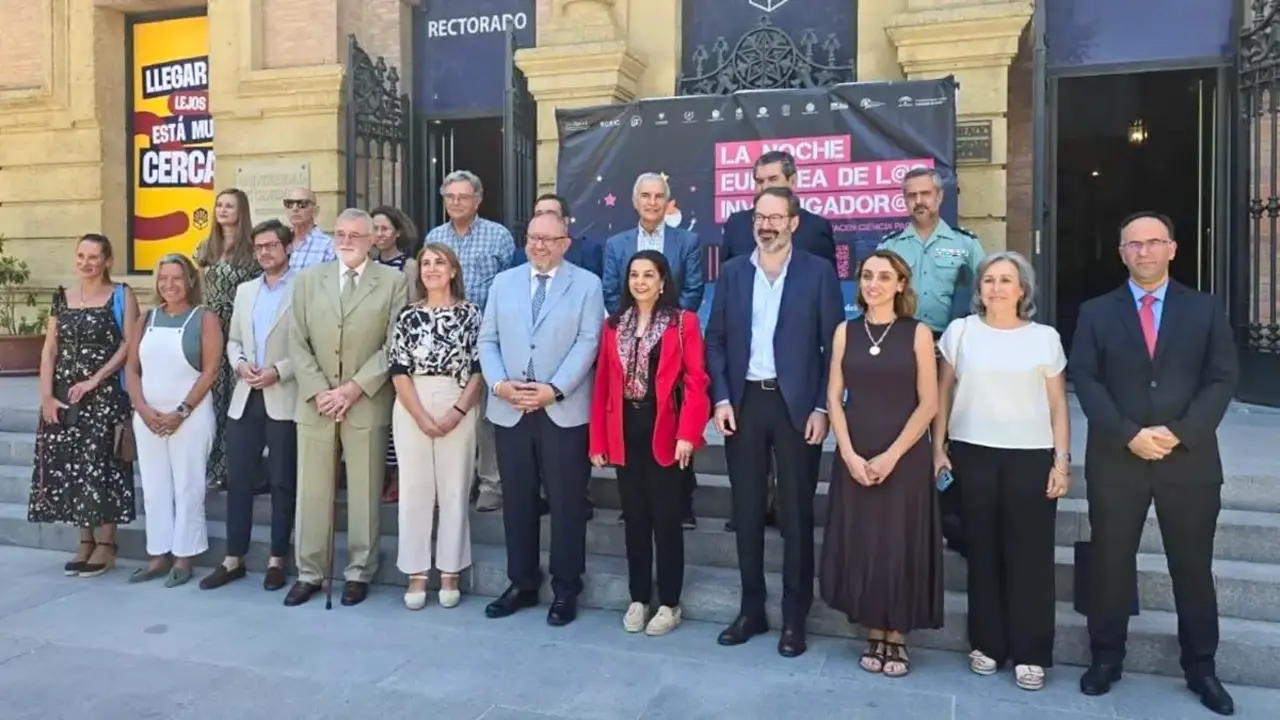CaixaForum Madrid meets the great spies of cinema

The Deputy Director General of the "la Caixa" Foundation, Elisa Durán; the Director of CaixaForum Madrid, Isabel Fuentes, and the curators Matthieu Orléan and Alexandra Midal have presented Top Secret. Cinema and Espionage at CaixaForum Madrid.
Co-organised by the "la Caixa" Foundation and La Cinémathèque française, the exhibition proposes a journey through the relationship between cinema and espionage in a chronological-thematic journey that spans an entire century. After its run at La Cinémathèque française in Paris, the exhibition comes to CaixaForum Madrid until 22 October, before travelling to CaixaForum Barcelona, Zaragoza, Seville and Valencia.
As part of its cultural programme, the "la Caixa" Foundation devotes special attention to the most characteristic artistic manifestations of the 20th and 21st centuries. The exhibitions dedicated to cinema form part of this line. Thus, the institution has dedicated retrospectives to great names in the world of cinema, such as Charles Chaplin, Federico Fellini and Georges Méliès, and to pioneering companies such as Pixar and Disney. Thanks to the collaboration with La Cinémathèque française, joint projects such as George Méliès. The Magic of Cinema; Art and Cinema. 120 years of exchanges; Cinema and emotions. A Journey to Childhood; Vampires. The evolution of the myth and Cinema and fashion. By Jean Paul Gaultier.

"Top Secret. Cinema and espionage traces the unprecedented history of the links between cinema and espionage: between the craft of the actor/actress and the figure of the spy (the disguise, the concealment, the game); between fiction and historical facts; between the props, the gadgets and the technology deployed by the real agents of the intelligence services. But while all spies are actors, the reverse is not necessarily true. The metaphor should be different: all directors are spies, because they deploy techniques to record and, at the same time, falsify the world.
Following a chronological-thematic route, the exhibition will establish as a starting point this game of mirrors, almost of similarities, between the filmmaker and the spy, providing concrete, cinematographic and historical examples that demonstrate to the visitor the extent to which both use increasingly efficient sound and image recording technologies in order to be able to stage reality. For both of them, it is a question of elaborating and at the same time imagining, without forgetting the most important thing: telling stories.
The idea of the exhibition is also to involve the visitor in an investigation. On a first level, one could imagine posters or other texts written in Morse to be deciphered. But on a more sophisticated level, one could even imagine surveillance devices that would make the visitor a potential subject to be watched. Today, there are many inventions that would allow, for example, to remotely play with the mobile phone of people entering the exhibition. The "hacked" visitor will become participative, trying to understand what is behind this technological intrusion". Alexandra Midal and Matthieu Orléan, curators of the exhibition.
Through the figures of emblematic spies - from Mata Hari to Carrie Mathison, via James Bond and Edward Snowden - the exhibition explores the relationship between cinema and espionage over the course of a century. The exhibition recovers the role of the female spy, beyond the stereotype of the sexpionage widely exploited in the world of cinema. In addition, the exhibition includes a total of 16 works of art by artists such as Andy Warhol, Ceryth Wyn Evans, Julien Prévieux, JeanLuc Blanc, Nina Childress, David Lynch, Nemanja Nikolic, Simon Menner, Walid Raad, Trevor Paglen, Heather Dewey-Hagborg and Sophie Calle, from the Contemporary Art Collection of the "la Caixa" Foundation, among others.
Following a chronological route - from the end of the 19th century to the present day - and through differentiated areas, the exhibition presents a set of some 270 pieces that establish a dialogue between film gadgets, historical artefacts, archive documents, clips from 90 films and even works of art, mostly contemporary.
The exhibition has five distinct areas: "Espionage and cinema, a history of techniques"; "Clandestines of the great wars"; "Cold wars and gentlemen", "Terrors and terrorists (1970s to the present day)", and "All spies? The Citizen Spy: Prospects for the Future".
The exhibition covers the history of the techniques deployed by intelligence agents and the unique role played by spies between 1870 and 1945, as well as their cinematic representations, the birth of the myth of the modern spy during the Cold War (mainly through the character of James Bond), the evolution of the figure of the secret agent in relation to the geopolitical transformations of the 1970s and, finally, the emergence of new forms of espionage embodied by alerters who only obey their own values in a context of generalised surveillance.
The exhibition makes an effort to include Spanish genre films such as El Lobo by Miguel Courtois, Mataharis by Icíar Bollaín and Istanbul 65 by Antonio Isasi-Isasmendi, and a fragment of the documentary Garbo, el espía by Edmon Roch, among others, as well as Spanish posters of international films.
The participatory and mediation aspect occupies a prominent place in the exhibition, reinforced by an immersive museography: the visitor is involved in an investigation that includes encryption games and different stops that aim to expand the notion of surveillance and espionage to the spectator's experience so that the spectator becomes a spy and at the same time a being spied on.
In fact, the titles of each exhibition area are inscribed on the wall through a code that can only be read when a golden spotlight passes over it.
Through questions and different elements, the exhibition aims to become a space for reflection and analysis of the themes and debates presented in the exhibition, as well as a space in which the spectator "is spied on" and in which the collection of data and images of the visitors is simulated, which are shown at the end.
The exhibition is complemented by a catalogue, a series of conferences, a film retrospective, as well as a theme night, an escape room, guided tours for different audiences and ages.

The exhibition tour: welcome in Morse code
A set of mirrors with silhouettes belonging to six stereotypes from the world of espionage welcomes visitors, enveloping them in a universe of layers and concealments amplified by the chandelier and crystal ornaments by artist, sculptor and filmmaker Cerith Wyn Evans, whose switching on and off responds to a system of Morse code. The coded message is from Georges Bataille's essay La part maudite, published in 1949.
In the elegant and mysterious cabinet of curiosities, numerous original objects from the fields of espionage and cinema are displayed in showcases. In this space, you can see everything from a reprographic station used by agents of the KGB and the Russian Central Spy Department (GRU), to hidden automatic mini-cameras from the Cold War. Also an automatic receiver used by CIA agents, coins with secret compartments for KGB microfilm, three fake vinyl records made from X-rays that allowed music and messages to be transmitted from East to West, and even film posters, cameras and microphones used as props in the cinema.
In this area, there are three projections with audiovisual montages which show that, in the field of espionage and intelligence services, cinema is an essential research tool: the projection of all kinds of images is a widespread method in meetings with collaborators, subordinates or hierarchical superiors. Thus, spy films are full of screening sessions, such as The Kremlin Letter (John Huston, 1970), which opens this loop of fragments. In Minority Report (Steven Spielberg, 2002), which closes it, the character played by Tom Cruise operates intangible touch screens, thus offering us a reflection on the omnipresence of images in today's world.

Espionage has a woman's name: the myth of Mata Hari
The second area of the exhibition focuses on female secret agents in the First and Second World Wars, taking into account the beginnings of modern espionage, which coincide with the historical upheavals of the late 19th century.
During the first half of the 20th century, many of the spy films are based on real events, and have as their main character a woman who is a clandestine secret agent. The art of seduction is central to the conception of espionage in those years, and sexpionage became the driving force behind a multitude of cinematic narratives, mostly filmed only by men as femmes fatales. For example, Mata Hari, condemned to death for allegedly spying for the German enemy during the First World War, and played on the big screen by Greta Garbo, Jeanne Moreau, Sylvia Kristel and Vahina Giocante; Marlene Dietrich as agent X27 in Fatalidad, who is also said to have spied for the Nazis in real life. Another actress to be highlighted in this section, as an inventor for her contribution to espionage technology, is Hedy Lamarr who, in fact, invented a secret transmitter coding system that was the precursor to GPS and Wifi.
This section features Andy Warhol's portrait of the actress Greta Garbo as Mata Hari (The Star), as well as four original photographs of the famous Dutch dancer and courtesan, whose personal albums are also on display, which in turn are projected digitised on a small screen. It also includes documents on camouflage: archives, photographs and posters.

James Bond: the most poppy of gentlemen spies
The third area evokes the world of the Cold War, based on the ideological bipolarity between the US-USSR and the CIA-KGB. It is the era of double agents and defectors, of games with identities and nationalities and, although in reality everything was mixed, the exhibition clearly, visually and graphically separates: the Western Bloc and the Eastern Bloc. The first of these subsections is dedicated to the James Bond films, their heirs and predecessors with numerous film fragments, props, costumes and photographs, as well as works of art from the 1960s to the present day, including two pieces by Sophie Calle and the installation Casino Royale (Sculpture de Voyage) by the artist Rodney Graham (1990), a tribute to the first novel in which James Bond appears: a literary gentleman-like hero, created by Ian Fleming in 1953 and inspired by the Scottish diplomat and Special Air Service soldier Fitzroy Maclean.
The darkest films in Eastern Europe
The second subsection, dedicated to the Eastern Bloc, is filled with the darkest films set in Eastern Europe (mainly Berlin and the GDR, an over-represented cinematic territory), such as The Spy Who Came in from the Cold and The Lives of Others. This space shows the use that East German spies made of cameras, photography, make-up and hairpieces, through some real examples used by members of the KGB and also through the photographic archives recovered by the artist Simon Menner. In them, spies can be seen immersed in different looks and outfits to fake different identities with different props.

From the 1970s to the present day: terrors and terrorism
The fourth area shows an evolution of the geopolitical context, from the 1970s to the present day, with a more ambiguous and also more committed cinema. The action of the films mostly moves from Europe to the Middle East (Ben Affleck's Argo, Kathryn Bigelow's Darkest Night, Steven Spielberg's Munich) and Latin America (Olivier Assayas' Carlos), in a context in which terrorism has replaced any form of civilian army.
Secret agents have changed (both women and men), and so have the stagings that represent them. The grittier, dirtier reality of espionage is depicted in demanding, long films that choose to show the duplicity, the margins of a cynical world in which simulacra reigns. The secret agent is no longer a one-sided hero. In fact, this field is making a stop at shady agents and tortured spies with Paul Greengrass (Jason Bourne), Olivier Assayas (The Wasp Network), Miguel Courtois (The Wolf) and Ridley Scott (Web of Lies), among others. Some films can be considered the closest thing to a macabre opera, while others are minimalist and interested in showing a sordid and demystified reality. In this area, one can see a bust of actor Arnold Schwarzenegger used to stand in for the actor shooting the scene in which his character pulls a sensor out of his nose that he had in his head in Paul Verhoeven's film Total Defiance.
The spy, sometimes on the verge of implosion or insanity, is sometimes wronged, betrayed by his own hierarchy, which in the end abandons him. In fact, cult TV series such as Homeland and the Bureau of Infiltrators feature mistreated secret agents. The field also deals with the phenomenon of spies by force: between paranoia and mind control, people worry about being manipulated without being aware of it, or the brainwashing that films such as Ipcress, Sidney Furie, have dealt with. In this section there are numerous fragments of films and series, accessories, costumes, photographs, as well as lithographs by David Lynch that reflect an espionage that has become chaotic.

We can all be spies and we are all spied on
Finally, the final section deals with the current era of surveillance, information and hypermediatisation, in which the citizen spy shows and denounces. What if everyone was under surveillance? Indeed, today, in these early decades of the 21st century, everyone seems to be a spy: everyone has the tools to spy, collect information, expose, expose, denounce, watch or trap state surveillance systems. The practice has become widespread and those who spy are not always identifiable and recognisable as such. The new ultra-contemporary spy is part of a community with a blurred profile, as the documentaries Citizenfour, about the computer scientist Edward Snowden, and XY Chelsea, about the transgender military analyst Chelsea Manning, demonstrate. These women, men, transgender spies have access to defence secrets, but they are not spies by profession. Their weapon is to reveal secrets using the media as a giant echo chamber. For the first time in the history of espionage, the general system is set in motion and the intelligence agencies themselves are overrun or endangered by these secret agents of a new age: the alerters.
Coinciding with the arrival of the exhibition at CaixaForum Madrid, on 20 July the digital platform CaixaForum+ will premiere the two-act ballet Mata Hari, a creation by choreographer Ted Brandsen with music by Tarik O'Regan and the Dutch National Ballet. In this ballet piece, the respected choreographer recounts the life of the legendary Margaretha Geertruida Zelle, the dancer-turned-spy known as Mata Hari.
The first act of this piece recounts the youth and unhappy marriage of the young Margaretha, as well as her subsequent departure to Paris, where she reinvents herself as Mata Hari. In the second act, Brandsen dramatises her role as a spy working for the German army during the First World War. The immense talent of principal dancer Anna Tsygankova and the realism of the more than 300 costume pieces created by François-Noël Cherpin, as well as the impressive set design by Clement & Sanôu, fully immerse the audience in the wild world of this fascinating and enigmatic historical figure.

